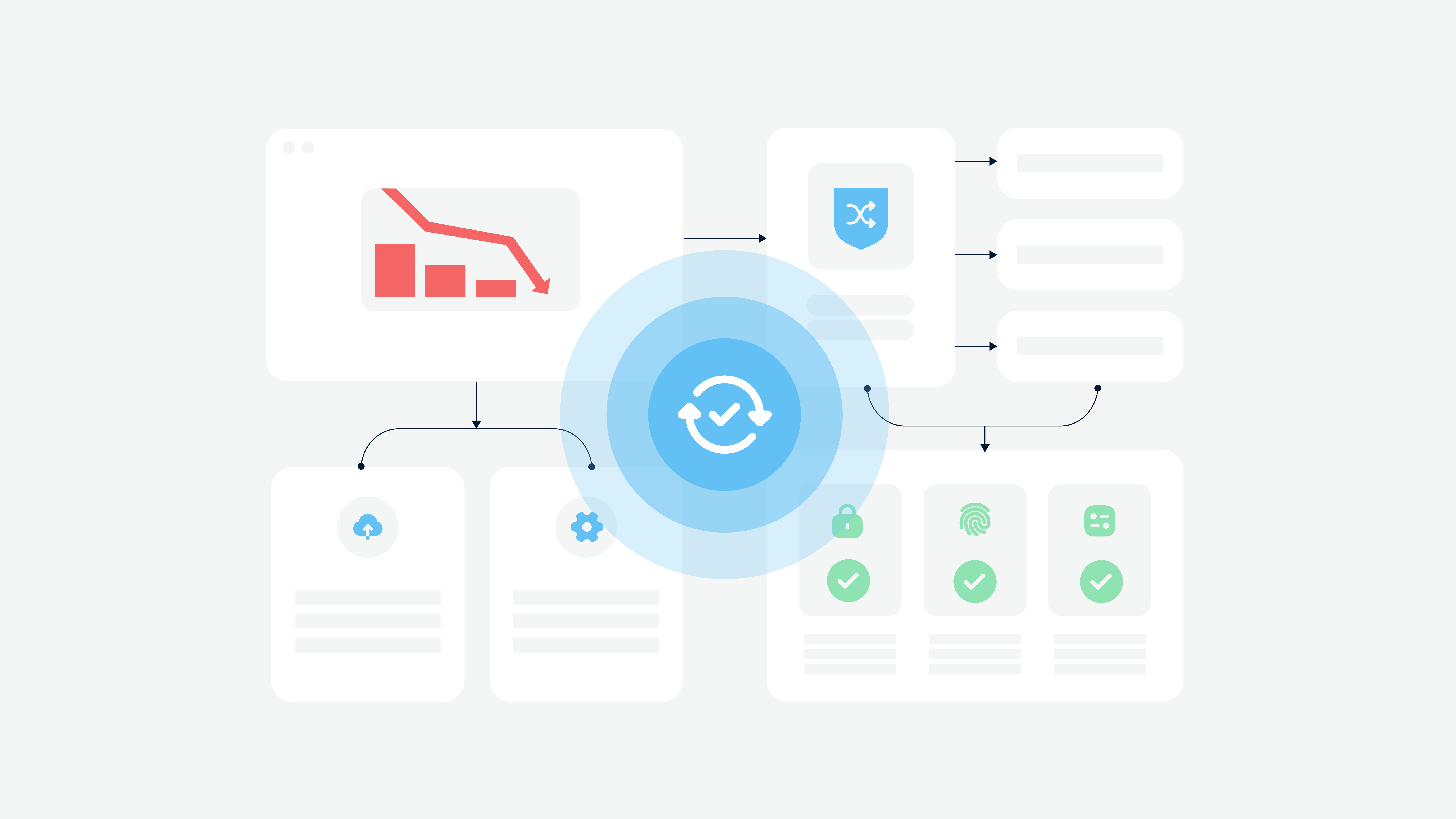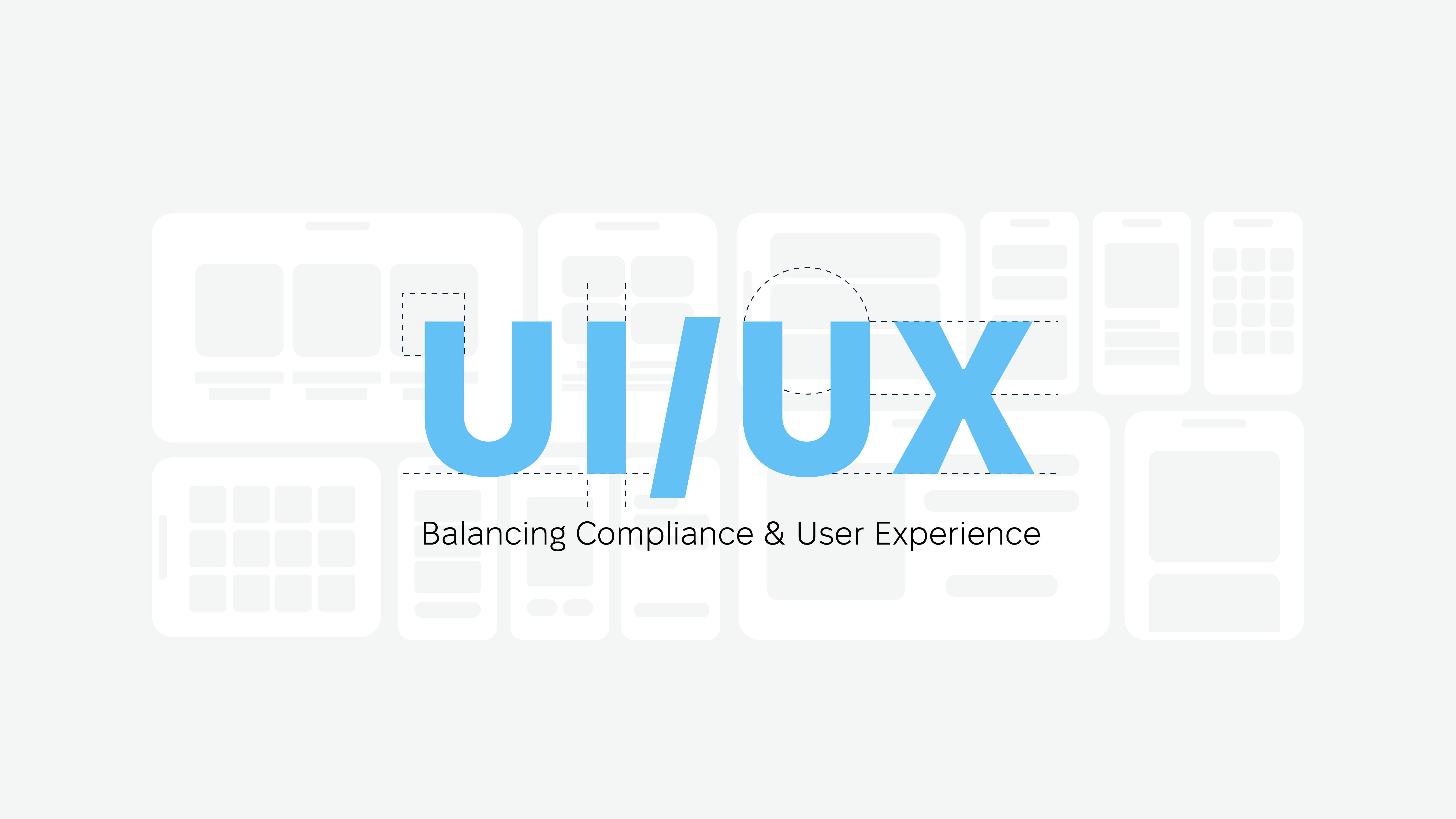If you don’t have a personal budget, you need to raise funds that will help you make your dream come true. What’s interesting is, campaigns that raise 30% of their goal within the first week are more likely to succeed, according to Fundly.
There are different ways to get fundings, and you should know more about them. Crowdfunding ranks high among other options, and we will focus on it in detail. But first things first.
How To Get Funding For An App: Options To Start With
Well, you have an idea of great software that will knock everyone out and become something awesome. The only thing you need is to estimate a budget for app development and consider options for funding. How to get funding for an app idea? The answer is below.
Partnership: Get A Co-Founder
You may have a great startup idea but a lack of funds. Then you should try to find a partner who will help you implement this task and build an app together. It doesn’t mean that you need to find a rich person only. No, you may take a personal loan from a bank, but the co-founder will be your assistant in, let’s say, the technical or financial part of the app.
There are many well-known cases of successful cooperation between the two partners. Bill Hewlett and Dave Packard are good examples. Thus, you may cooperate with a new partner, share responsibilities, and follow the road of success.
Angel Investors Or Venture Capitalists
Venture capitalists may invest funds in your project and organize seed funding. However, it takes a lot of time before funding starts since they need to make sure that your project has high potential, and you are trustworthy as well. And, of course, in case of successful investments, VCs will get their agreed interest from your profit.
Another option is to deal with angel investors. They are individuals, entrepreneurs mostly, who invest in exciting projects and have their share in your business. They may not spend much time to verify the feasibility of your project. However, you need to provide them with a pitch deck, go-to-market strategy, and potential profits. Besides, Cadabra Studio may help you create a robust pitch deck for your project and build UI/UX design as well.
Launch A Crowdfunding Campaign
What is crowdfunding, and how does it work, by the way? You use relevant platforms to attract the attention of society and convince them that your project will be outstanding if it hits the market. People may fund your app (there are no fixed amounts, as a rule), and, in return, you will provide all donators with some exclusive services.
This funding method is the most popular today, especially when it concerns crowdfunding for startups. There are dozens of crowdfunding platforms of different types, and, first, we need to single out these types to make a process more clear for you. Let’s explore all about crowdfunding!
Types Of Crowdfunding Platforms
Crowdfunding has five basic types. If you don’t know which one to choose for your startup funding, you need to study their advantages and drawbacks and make your decision.
Donation-based crowdfunding. As it is clear, people donate their funds, and it is not required to give funds back. As a rule, donations mean that individuals want to help you, and they support your idea. Donation-based crowdfunding is predominantly used for charity or social reasons.
Rewards-based crowdfunding. This type implies that all backers will get a specific reward for their donations. Actually, the size of the reward depends proportionally on the donation amount. So, the more you donate, the more sweets you will be given back.
Equity crowdfunding. Simply put, this type provides you with a shareholder in your business. You get capital for software development, and after its release and launch, you give back a profit share to investors. It is a rather popular way for startups and small businesses.
Debt-based crowdfunding. This type has something similar to the one above, but here crowdfunding regulations require you to borrow money from investors and repay this amount with percentages within the agreed deadline. It is a good option if you want to be the sole owner of your business without shareholders.
Royalty-based crowdfunding. The last but not the least type that allows backers to get a percentage of the profit when your app starts generating revenue. But it is not equity — backers get royalties from sales only, they don’t have equity shares.
10 Best Crowdfunding Sites 2021
Having determined existing types of crowdfunding, we may speak about top crowdfunding platforms. If you plan to launch your startup idea, you need to know the peculiarities of each platform, its pros and cons.
Kickstarter
It is unlikely that you don’t know what Kickstarter is. This platform gains the lead today. It is a reward crowdfunding platform, so backers get their rewards in case of a successful launch of the project. A funding fee of Kickstarter is 5% of a successful campaign. Payments are processed via the Stripe system (and Stripe charges 3-5% payment fees). It is one of the best crowdfunding sites for startups.
Pros:
Kickstarter allows your project to capture more attention since many tech magazines look through campaigns and highlight them;
There are more than 15 million funders are available;
Crowdfunding periods are short;
It has an easy-to-use interface.
Cons:
All-or-nothing format (you will get nothing if your project isn’t funded);
Fees are required for a successful campaign;
A campaign should meet specific standards set by Kickstarter (e.g., one cannot raise funds for gambling, offer alcohol, live animals, genetically modified organisms as a reward, etc.).
CircleUp
This platform is an equity crowdfunding type. CircleUp helps attract investors to your project and lets them become shareholders. The platform focuses on early-stage consumer brands, so it is the best crowdfunding site for investors’ attraction. Funding and payment fees are not available.
Pros:
Focus on early-stage consumer products;
Proprietary machine learning technology for evaluation of projects;
A large audience of wealthy investors;
Low risk.
Cons:
Time-consuming process;
All-or-nothing model;
Marketing skills are required.
Indiegogo
Indiegogo is the platform that goes next to Kickstarter since it is also a popular reward-based crowdfunding platform. However, it is possible to organize equity investments, as well. A funding fee is 5%, with a 3% payment fee. Indiegogo makes it possible to get funding both for consumer products and for software development, the invention of different devices, etc.
Pros:
You can keep on raising funds even when a successful campaign is over;
Flexible funding: it is possible to keep the funds even if the campaign doesn’t reach the goal, but the funding fee will be higher. That is, you may take funds, but your fee will be 10% instead of 5% when you reached the goal, for example;
Charity and equity crowdfunding is available;
Cons:
Under flexible funding, you should provide backers with rewards even if your goal hasn’t been reached;
High flexible funding fees (9% plus payment fees);
A business license may be required (in some US states);
GoFundMe
GoFundMe is one of the best crowdfunding sites for personal needs. Individuals may ask for assistance to help animals, raise money for medical operations or any other charitable causes. Also, some people may raise money for a bicycle, or Xbox purchases. A funding fee is 0% for personal campaigns in the US and 5% for charities and campaigns outside the US.
Pros:
A funding guarantee;
One may receive donations quickly;
0% fee for personal campaigns;
GoFundMe doesn’t require to meet any goals.
Cons:
Many countries are not supported;
Limited customer service options;
Anonymous donations are impossible.
Fundable
Fundable is a platform for entrepreneurs and innovators that helps them raise funds for software development, business startups, the creation of hi-tech devices, etc. Rewards-based and equity types of crowdfunding are available. Fundable doesn’t charge funding fees upon campaign completion, and it requires projects to pay a monthly fee of $179.
Pros:
Rewards and equity crowdfunding are available;
Excellent customer support;
Consulting to help startups create attractive campaigns.
Cons:
Monthly fees (because you may spend much more by the end of funding than you would pay one-time fixed fee);
It is impossible to get funding if the campaign is unsuccessful;
Pre-screening for approval is required.
Patreon
Patreon is a platform for creative people like designers, photographers, musicians where they may raise funds for the creation of new songs, films, etc. Patrons (that is how backers are called here) donate their funds in exchange for some exclusive rewards.
For example, musicians need to record a new album, they raise funds, and then they provide donators with new songs before the official release, tickets to upcoming concerts, and other sweets. That is, people donate their funds for your talent, not for an idea like on Kickstarter or Indiegogo.
Pros:
Crowdfunding process without strict deadlines;
Few content restrictions;
Growing community.
Cons:
Limited customer support;
Lack of integrated promotional tools.
AngelList
AngelList is an equity-type crowdfunding platform that is created for entrepreneurs who are looking for angel investors’ help. Also, venture capitalists may offer their assistance on AngelList. There are different funding fees, and they depend on the options you chose for raising funds (like deal-by-deal funds, AngelList Access Fund, professional investors, etc.)
Pros:
High liquidity;
Low minimums of $1,000 per startup;
Good for high-potential projects.
Cons:
Not suitable for small business;
Time-consuming.
SeedInvest
SeedInvest is one more equity crowdfunding platform. It connects accredited investors with high-class startups and young companies that are looking for investments. All projects undergo a thorough pre-screening, and only the best of them are approved. So entrepreneurs need to provide an MVP of their app and prove the viability of the idea. Funding fees are 7,5% of the successful campaign plus a 5% equity fee.
Pros:
Suitable for high-potential startups;
Connection with accredited investors;
Cons:
Available only in the US;
High funding and equity fee;
Only a small percentage of projects is approved.
Crowdfunder
Crowdfunder is the leading crowd-investing platform in the US. It works as an equity-type platform, and only accredited investors may fund projects on Crowdfunder. The platform is used predominantly for early-stage social, tech, entertainment startups. Crowdfunder doesn’t work with non-commercial organizations. Foreign investors may also use this platform if it is not restricted by the legislation of a resident’s country.
Pros:
No minimum investments;
Used for different types of projects.
Cons:
Campaign duration doesn’t exceed 90 days.
Republic
The last platform in this list is Republic that is equity-focused and created for crowd-investing. It is available only for the US residents, and not all projects are being funded (the same as on other equity-type platforms mentioned above). A funding fee is 6% for a startup. As for payment fees, 3,5% per transaction.
Pros:
Low-minimum investments;
Top-notch investment educational content;
Open for all investors.
Cons:
Low liquidity;
A small number of active investments;
Only for US residents.
Risks Of Crowdfunding
However, crowdfunding is not always the right way, and it also has its dark sides that may harm your startup. You should know what risks of crowdfunding exist, so it helps you avoid or minimize them.
If your target goal isn’t reached, the majority of crowdfunding platforms return funds to backers. So you will get nothing, and you will have to change your strategy and start again.
A failed campaign may damage your reputation as a business owner. However, even when you raised the required amount, your app may also fail after its release. Why does it happen? Discover more about the tips on how to avoid mobile app failure.
Since you have to present your app idea to the public, it is available to everyone, and there is a risk of your idea being stolen or copied.
Despite the fact you launch a crowdfunding campaign to raise funds for your app idea, you will need to have a certain sum to prepare the presentation, make a promo-video, and so on. Otherwise, you won’t be able to capture the attention of potential backers.
You should conduct a detailed evaluation of your future business and revenue potential. Otherwise, you may offer a too large share of your business to investors, and you will settle for less.
Wrapping Up: What Is The Best Crowdfunding Platform?
Our article comes to an end. And you might have a question concerning the crowdfunding platform to choose from. As you understand, there is no single answer since everything depends on your project and conditions of crowdfunding.
If you plan to give equity shares to investors, then you need to focus on such platforms as AngelList, SeedInvest, CrowdFunder, and others. If you need backers who you provide rewards with upon a successful campaign completion — Kickstarter, Indiegogo, or Patreon is your choice.
And, finally, when you got funding for an app, you need to hire a reliable software development and design company. At Cadabra Studio, we are ready to build your app from scratch on a turnkey basis, following all your requirements. The only thing you need is to contact us and explain your idea.











